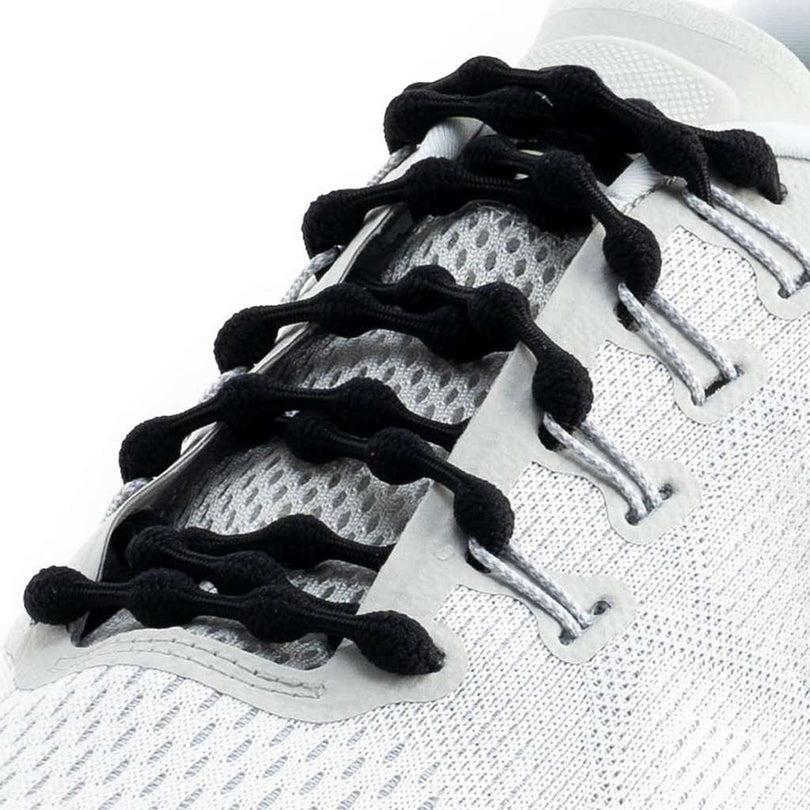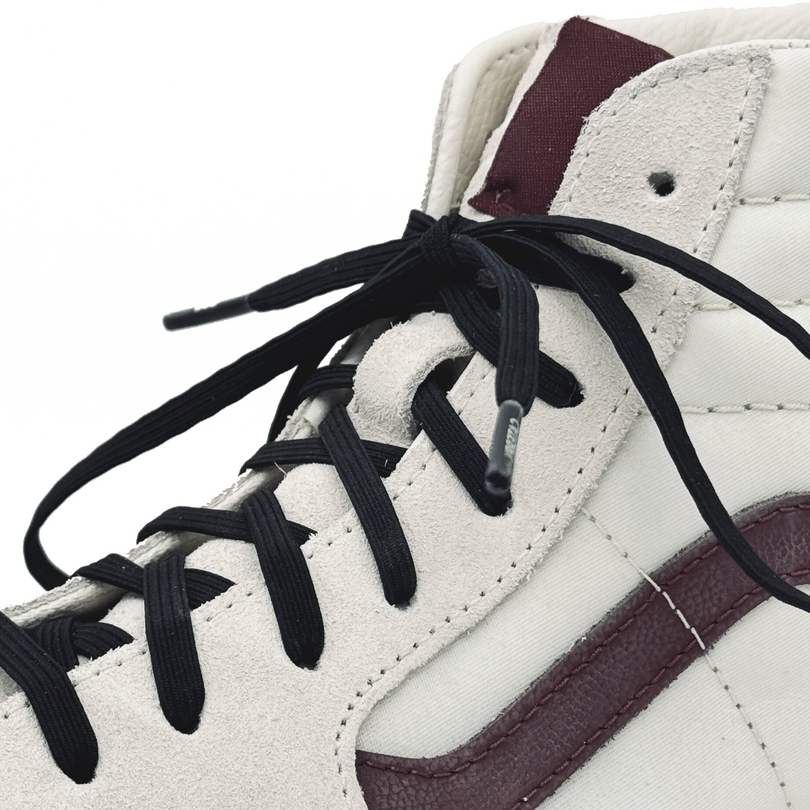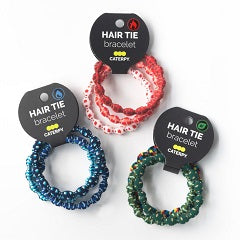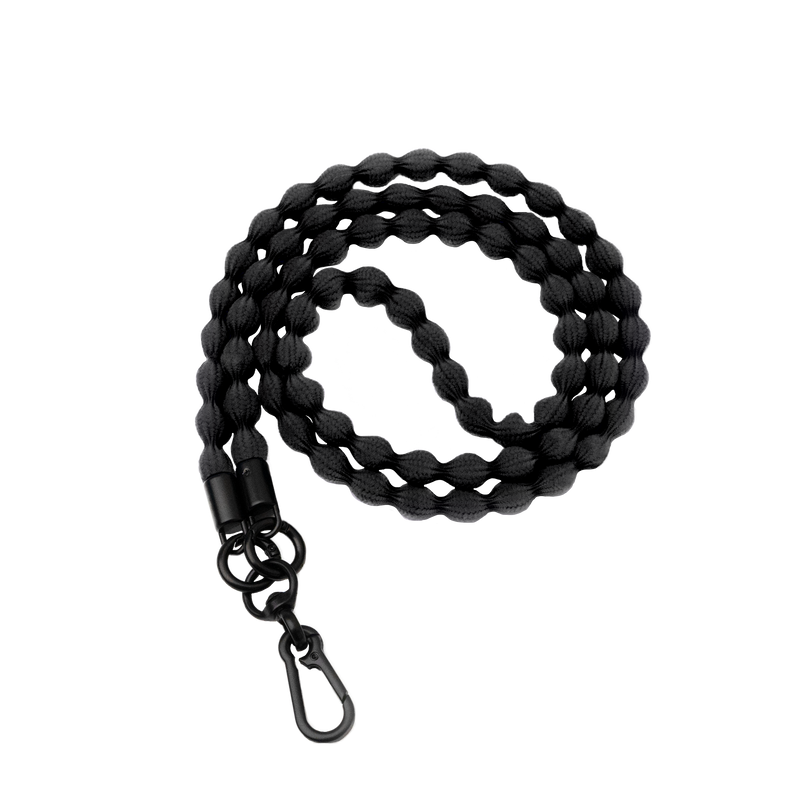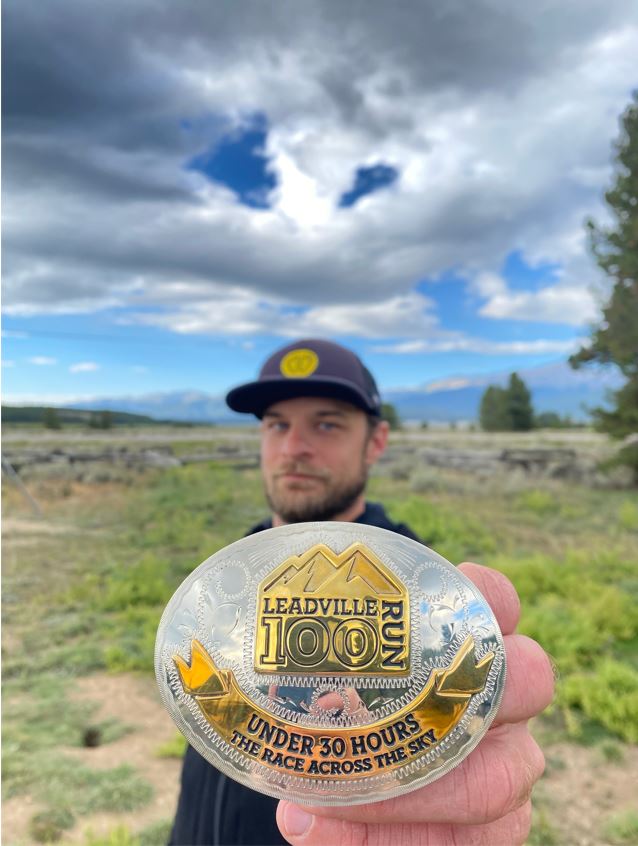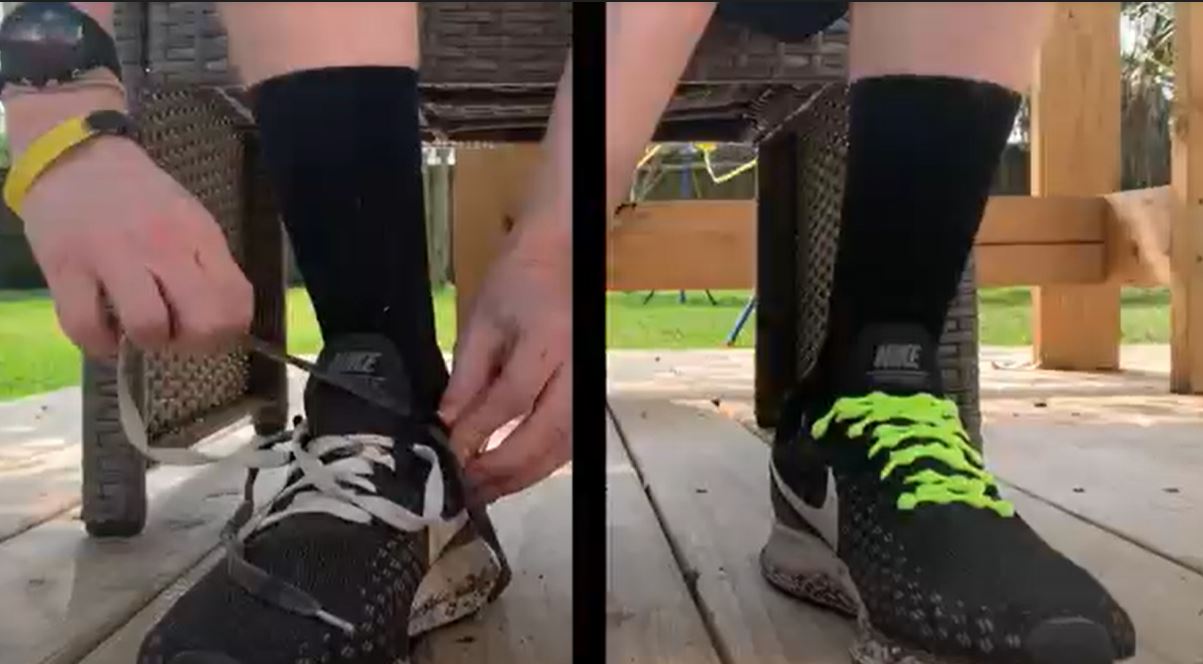We recently visited with Dr. Ray McClanahan, DPM of Correct Toes and The Healthy Feet Alliance to gain some insight on what exactly constitutes healthy feet, and more importantly, how do you know if you have them. Read below to learn more.
Most of what we now know about foot health—true foot health, that is—comes from scholarly writings that were published, in some cases, well over 100 years ago. These studies, along with the wisdom we have gained from unshod or minimally shod populations, are crucial to our understanding of what constitutes normal, healthy foot anatomy and how to preserve this beautiful, spade-foot shape through adulthood and well into old age.
Dr. Hoffman’s 1905 study entitled “Conclusions Drawn From a Comparative Study of the Feet of Barefooted and Shoe Wearing People,” is just such a study. This study, published in the American Journal of Orthopedic Surgery, is as illuminating about natural foot health as it is troublesome for the fact that it has largely been forgotten and ignored by contemporary podiatry and the Western world at large. It is a window through which we can see how our natural foot health heritage has been corrupted and co-opted by footwear that has tried to dominate and improve upon an already (and inherently) brilliant design.
Healthy feet and toes are our birthright. Almost every single one of us was born with perfect feet, and with the proper care and attention, and in the absence of traumatic injury, we can maintain healthy foot and toe anatomy and function nearly indefinitely. It’s important, though, to understand what, exactly, constitutes a healthy foot, so that it can be restored and/or preserved. My two decades of experience as a sports podiatrist, the life-changing months I spent in Liberia, and the extensive research studies that I’ve reviewed have led me to this unmistakable conclusion about the human foot:
A healthy foot is a foot that’s widest at the ends of the toes, possesses a strong and sturdy arch (arch height is irrelevant), and has straight, dexterous toes that are sufficiently splayed (especially the hallux, or big toe, which should be spaced well away from the second toe). A healthy foot is free of fungal infection, has incredible natural arch support (due to proper toe orientation; that is, toes in line with their corresponding metatarsal bones), and possesses the ability to withstand the rigors of weight-bearing activity without any outside interference.

Amazingly, and fortuitously, examples of healthy feet still exist in the world and can be seen in unshod or minimally-shod cultures around the world. The temporal thread that connects the modern-day potato farmer in Peru, mountain porter in Nepal, and rickshaw peddler in Bangladesh with the groups discussed in Dr. Hoffman’s article is strong, healthy, and anatomically perfect feet, due to an adherence to minimal footwear. The goal of our contemporary, shoe-wearing population should be to emulate our unshod or minimally shod peers. But just because the healthiest feet in the world belong to the unshod doesn’t necessarily mean that we all need to be barefoot; it just means that we should use footwear that stays out of the way of our foot and does not alter the structure or function of our foot in any way.
Contemporary footwear companies would do well to review Dr. Hoffman’s study and apply his findings and conclusions to their product offerings. There remains a conspicuous lack of footwear options available today that truly respect the human foot and allow the toes to splay the way nature intended. Heel elevation, toe spring, tapering toe boxes, and rigid, inflexible soles are still regular inclusions in most shoes and boots available to consumers. These injurious design features are the product of misguided thought, of the belief that the human foot needs to be altered to remain healthy and strong. In truth, the foot needs none of this. What the foot needs (truly needs) is for us to stay out of its way, to let it function the way that it was designed to function. We can be enablers of foot health if we take a more subtle approach and employ natural footgear that respects nature’s designs.
Dr. Hoffman’s article is both a treasure and a time capsule. It’s a chance to look back in time to gain a better understanding of who we are as human beings and how we can best care for our feet. Dr. Hoffman’s article also challenges us to accept the idea that we don’t always need to tinker with nature to realize optimal health. I hope that you are moved by Dr. Hoffman’s article, just as I have been. Onward, then, to natural foot health!
Read Dr. Hoffman's article: Conclusions Drawn from a Comparative Study of the Feet of Barefooted and Shoe Wearing Peoples here. To learn more about Dr. McClanahan, NW Foot and Ankle, Correct Toes, and the Healthy Feet Alliance please visit: www.nwfootankle.com

